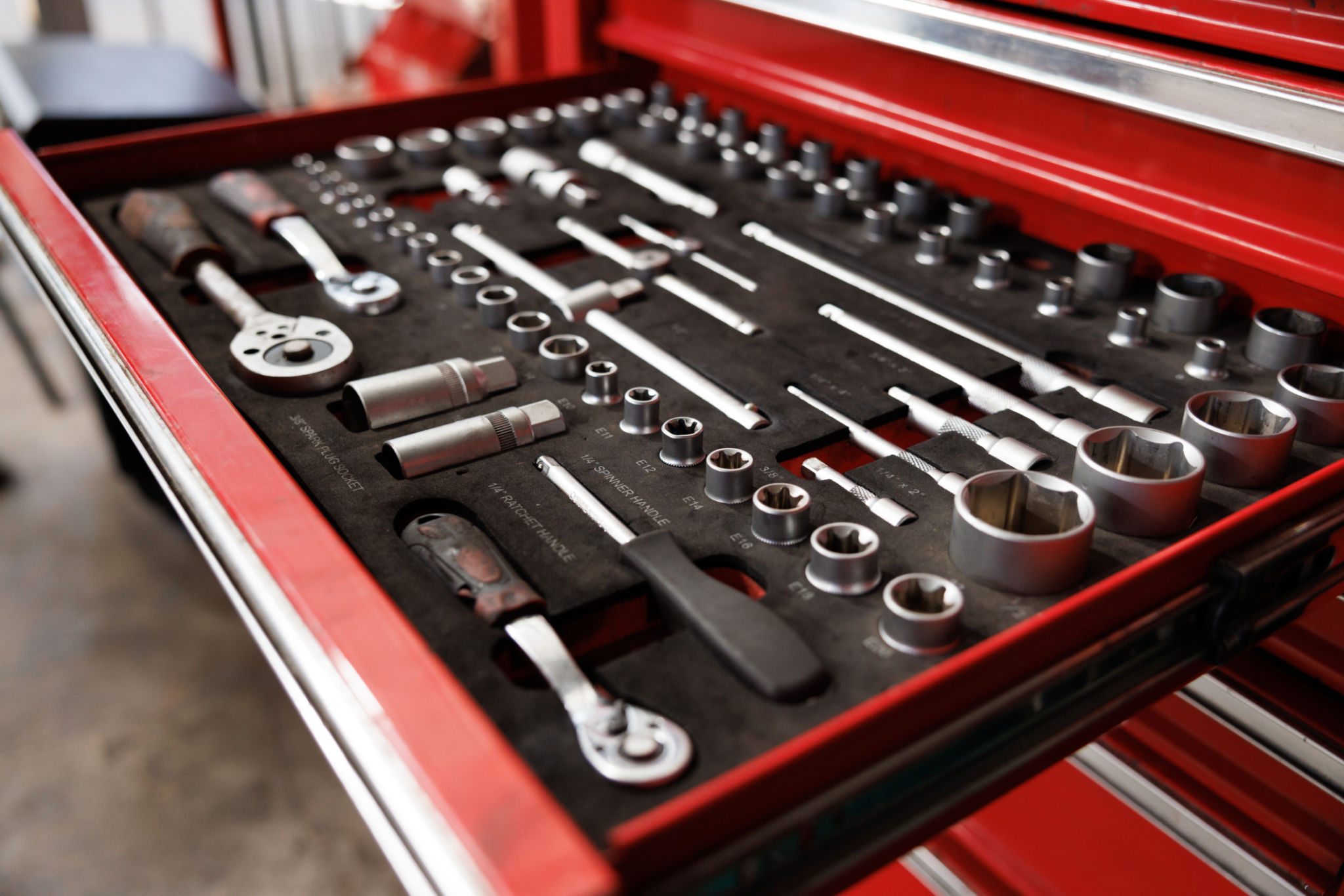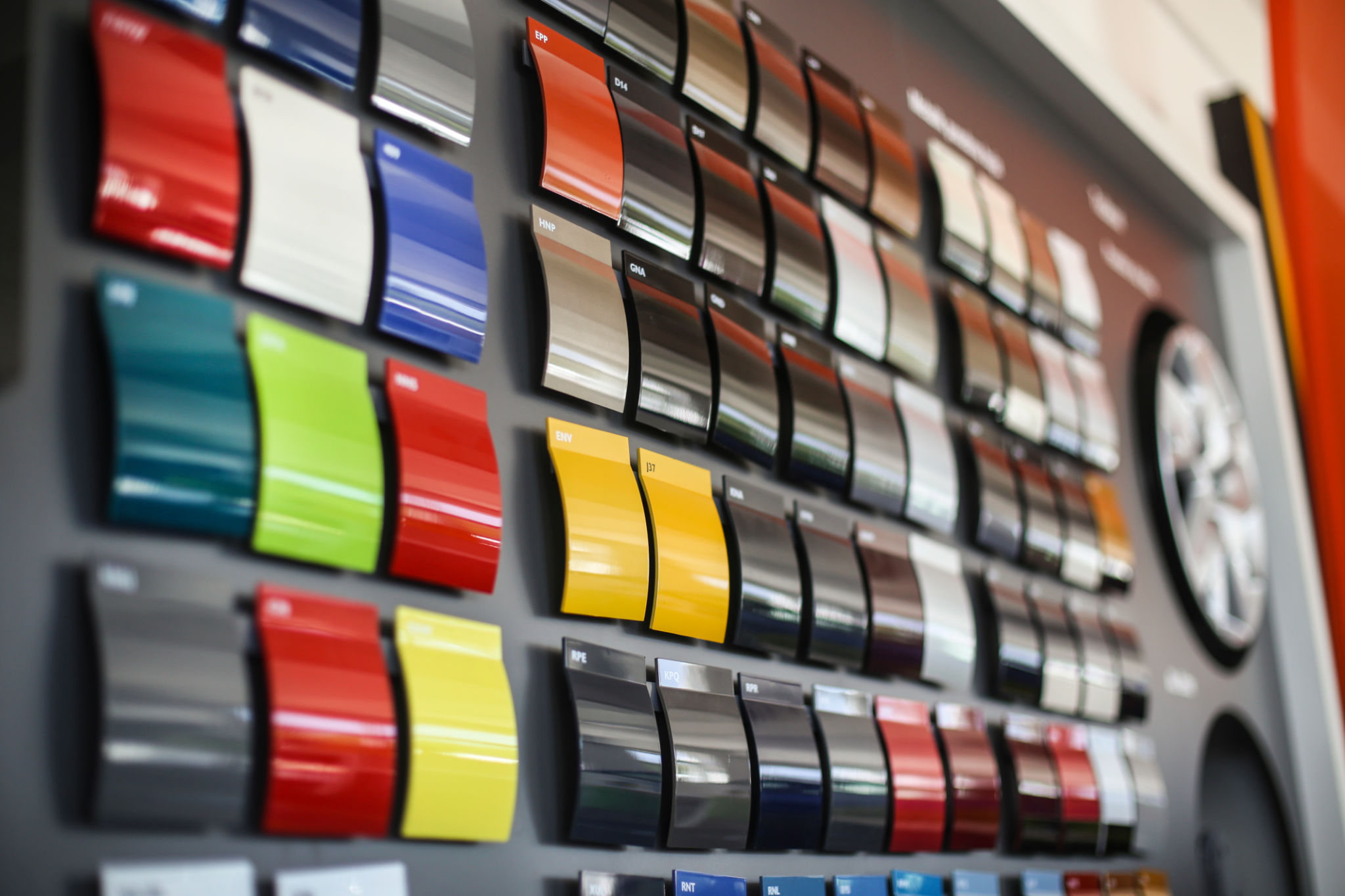DIY Tips for Minor Auto Body Repairs You Can Handle at Home
Introduction to DIY Auto Body Repairs
Minor auto body repairs can be intimidating, but with a bit of patience and the right tools, many common issues can be tackled at home. Whether it's a small dent or a scratch, these DIY tips will help you restore your vehicle's appearance without breaking the bank.

Tools and Materials You Will Need
Before diving into any repair, it's essential to gather the necessary tools and materials. Here's a basic list to get started:
- Sandpaper or sanding block
- Body filler and applicator
- Primer and paint (matched to your vehicle's color)
- Clear coat
- Polishing compound
- Microfiber cloths
Having these items on hand will ensure a smoother repair process and better results.
Fixing Small Dents
Small dents are common but can often be easily repaired. Here's a simple method to address them:
- Clean the area around the dent thoroughly.
- Use a plunger or suction cup to pull out the dent gently.
- If needed, apply body filler to smooth out any remaining imperfections.
- Sand the area until smooth, then apply primer, paint, and clear coat.
This process can significantly improve your vehicle's appearance without professional intervention.

Repairing Scratches
Scratches can be more than just an eyesore; they can lead to rust if left untreated. Follow these steps to fix scratches on your car:
- Clean the scratched area and surrounding surface.
- Sand the scratch lightly to smooth the edges.
- Apply touch-up paint with a fine brush, matching your car's color code.
- Once dry, use a clear coat to seal the paint.
- Polish the area with a polishing compound for a seamless finish.
Dealing with Paint Chips
Paint chips are another common issue that can be repaired at home. To tackle paint chips:
- Clean the chipped area thoroughly.
- Apply a thin layer of primer if the chip is deep.
- Use touch-up paint to fill in the chip, applying thin layers until it matches the surrounding paint.
- Finish with a clear coat for protection and shine.

Polishing for a Professional Finish
After completing repairs, polishing can bring back the shine and blend new paint with old. Use a polishing compound and microfiber cloth, applying in circular motions for the best results. This final step will make your DIY repairs look professional.
Safety Precautions
Safety is paramount when performing any auto body repairs. Always work in a well-ventilated area, use protective gear like gloves and masks, and follow instructions on all product labels. Proper safety measures ensure both your safety and the quality of your work.
Final Thoughts
Tackling minor auto body repairs at home can be rewarding and cost-effective. By following these DIY tips, you can maintain your car's appearance and save money on professional services. With practice, you'll become more confident in handling these tasks and keeping your vehicle looking its best.

